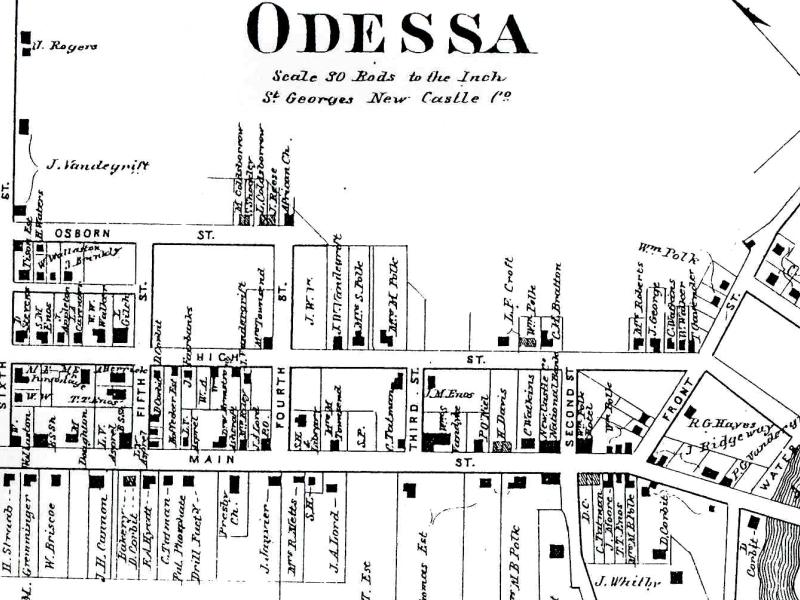The Collins-Sharp House kitchen garden offers guests a chance to explore a working kitchen garden and to taste and smell the fragrances of individual plants. At the inside hearth, you can learn how these plants were used in 18th century cooking or in the production of medicines.
Gardens were an essential part of daily life in Odessa in the 18th century. Critical for the survival of some families and necessary for providing touches of luxury for others, the maintenance of kitchen gardens was largely the responsibility of colonial women.
Those entrusted with the care of a kitchen garden had to be acutely aware of the seasonality of foods and the growing habits of local plants. The produce grown would feed an entire household even in the winter months if stored and preserved properly. And because herbs were not only used for flavoring food but also for medicinal and household purposes, they would also be dried for year-round use.






